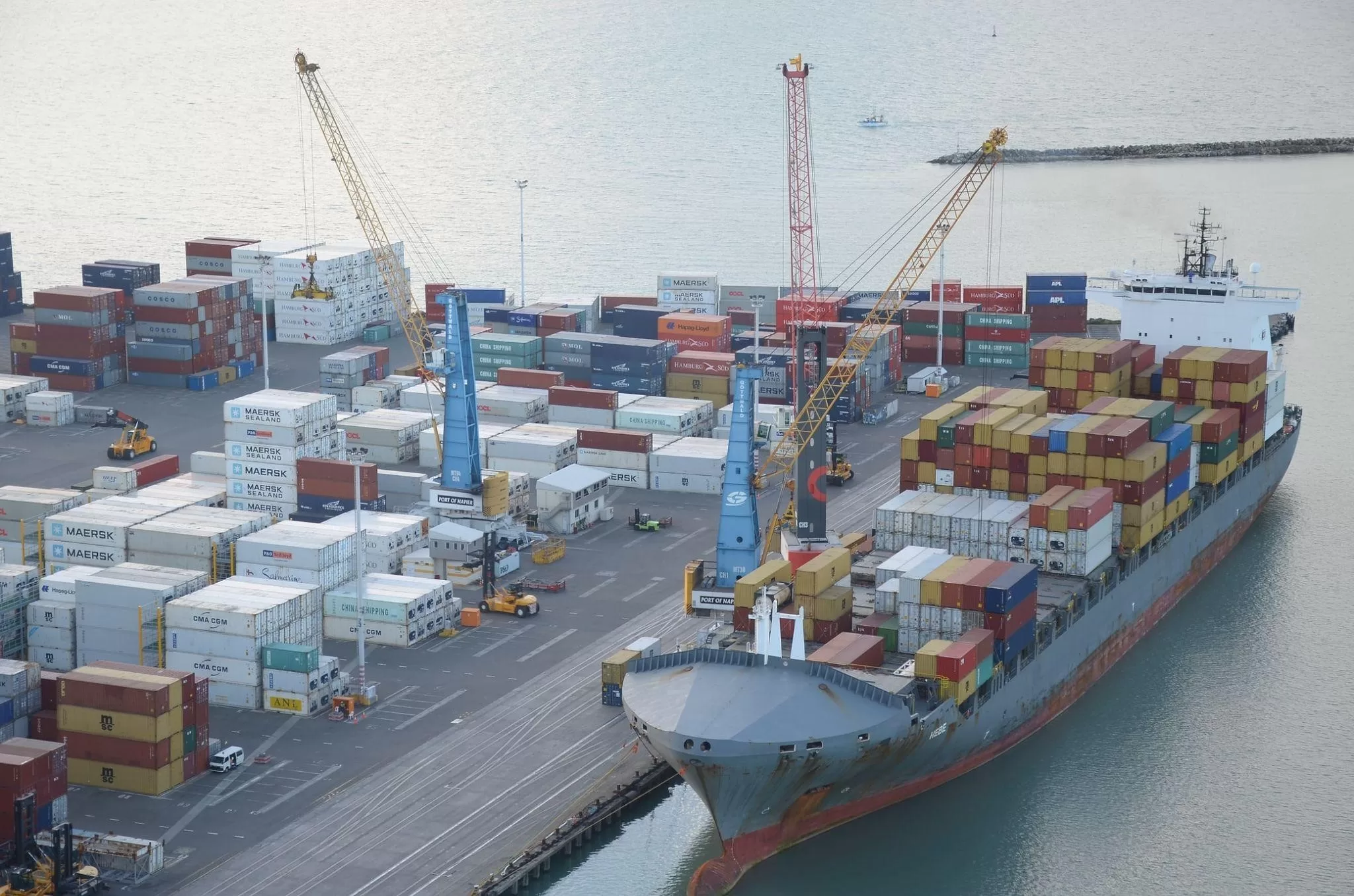The Ministry of Ports, Shipping, and Waterways (MoPSW) has introduced a comprehensive Standard Operating Procedure (SOP) to facilitate the gradual replacement of conventional diesel-powered tugs with zero-emission tugs manufactured locally, aimed at promoting environmentally friendly practices at state-owned ports.
Under the Green Tug Transition Programme (GTTP), the Ministry has outlined a five-phase plan, culminating in 2047, requiring all 12 state-owned ports to transition their entire tug fleets to green alternatives.
In the initial phase, Jawaharlal Nehru Port Authority, Deendayal Port Authority, Paradip Port Authority, and V O Chidambaranar Port Authority are mandated to acquire two new green tugs each (battery electric powered) by 2027.
The subsequent phase, spanning 2027 to 2030, mandates that at least 50 percent of tugs in these four major ports should be green tugs. Furthermore, at least 25 percent of tug fleets in other major ports under MoPSW should adhere to GTTP standards during this phase, potentially incorporating alternative green fuels like methanol and hydrogen in addition to battery electric propulsion.
The following phases, extending until 2047, escalate the green tug targets for all state-owned ports, with the ultimate aim of achieving a fully green tug fleet by the final phase.
To facilitate the transition, the Ministry, through the Indian Ports Association (IPA), plans to release Approved Standard Tug Design Specifications – Green Tug Transition Programme (ASTDS-GTTP) for each phase. These specifications will be prepared by the Standing Specifications Committee (SSC), established in 2020.
The Ministry is committed to providing a 30 percent financial support for the construction of green tugs, a move applauded by Sanjiv Walia, Advisor of the Shipyards Association of India.
However, some tug owners/operators express concerns about the transition, citing the previous Atmanirbhar Bharat policy that emphasized the purchase or charter of tugs built in Indian shipyards. The Ministry’s directive to focus on green tugs has left these operators uncertain about the fate of the tugs currently under construction based on the previous policy.
Despite these concerns, the Ministry encourages the utilization of tugs constructed in line with previous GTTP phases in subsequent phases, emphasizing compliance with ASTDS-GTTP specifications. Tugs adhering to these specifications must be built in Indian shipyards.
The SOP also provides flexibility for public ports to either purchase or charter ASTDS-GTTP compliant tugs for a minimum of 15 years, with no premature termination for transitioning to subsequent GTTP phases.
As global efforts intensify towards carbon neutrality, the maritime industry aligns with the International Maritime Organization’s strategy to achieve net-zero emissions by 2050. The Maritime India Vision 2030, reflecting these global aspirations, outlines specific targets for renewable energy adoption, carbon emission reduction, and the transition to greener fuels across major ports.
Harbor tugs, crucial to port operations, present a significant opportunity for emission reduction, given their unique operational characteristics. The SOP emphasizes the suitability of green solutions, such as electric propulsion and alternate fuels, for tugs due to their operational profile.
To aid service providers in planning the positioning of Indian-built tugs, tenders for ASTDS-GTTP compliant tugs will include a minimum bidding time of 12 weeks. The SOP also outlines penalties for non-compliance with ASTDS-GTTP specifications and prohibits defaulting parties from participating in future tenders for chartering vessels across all ports under MoPSW.


